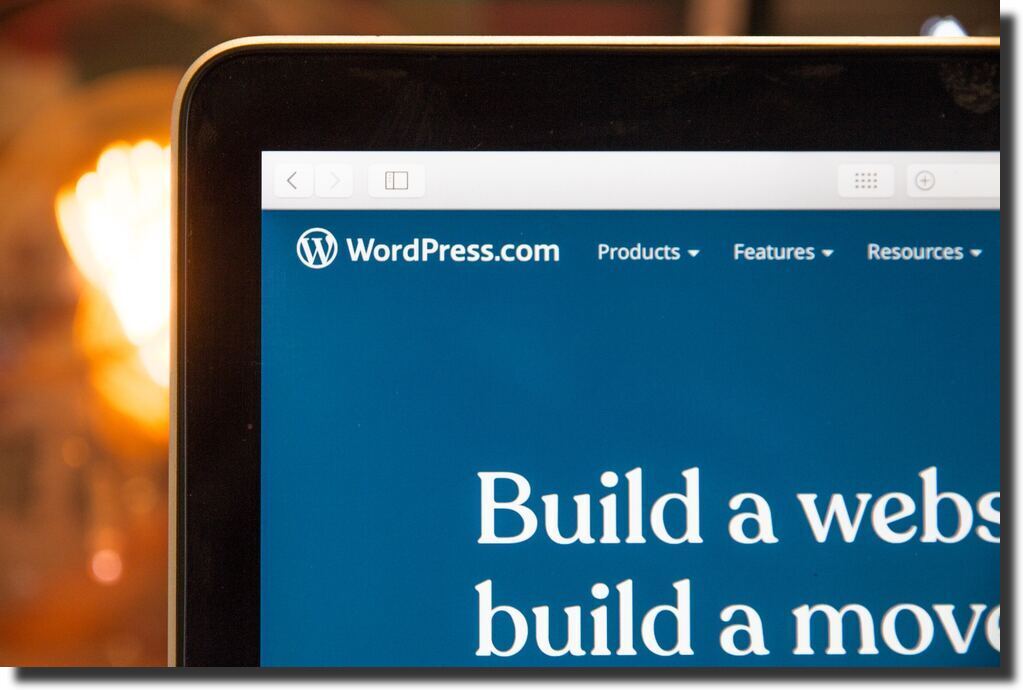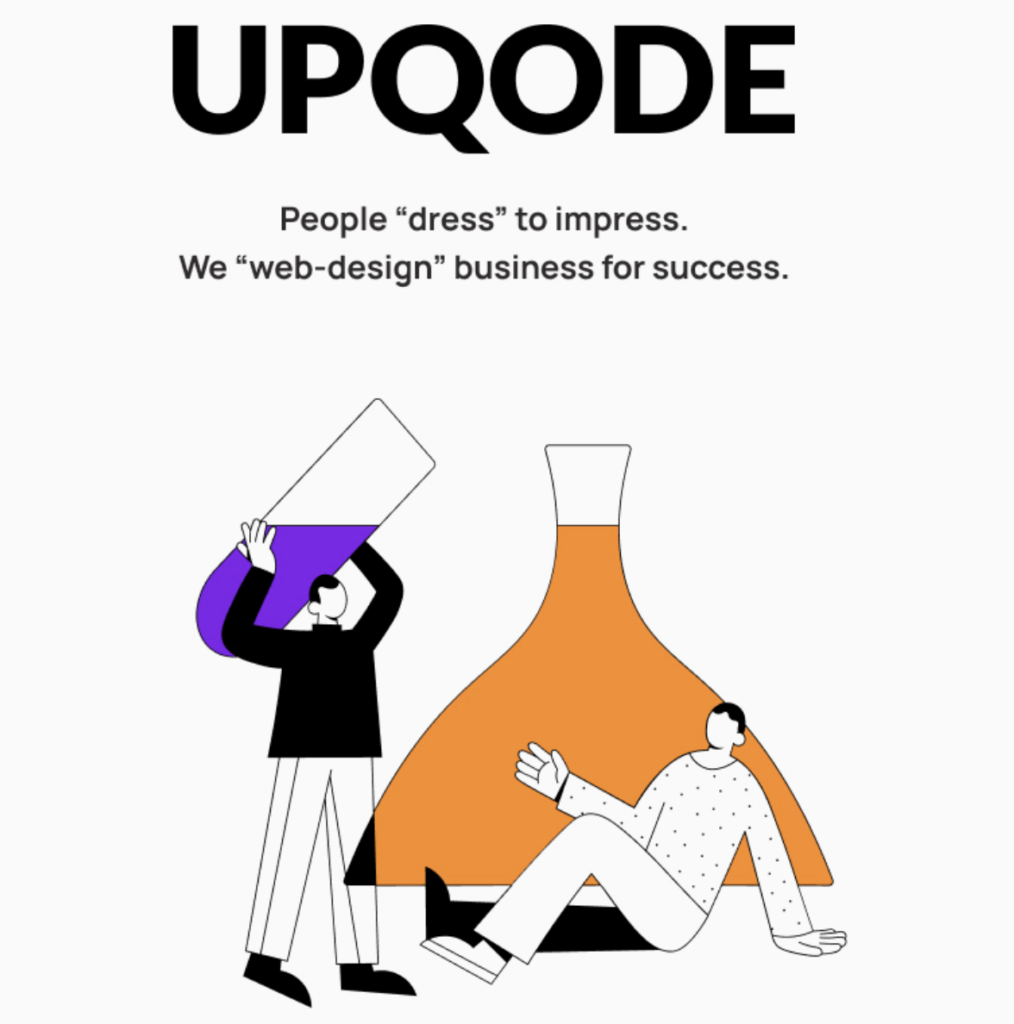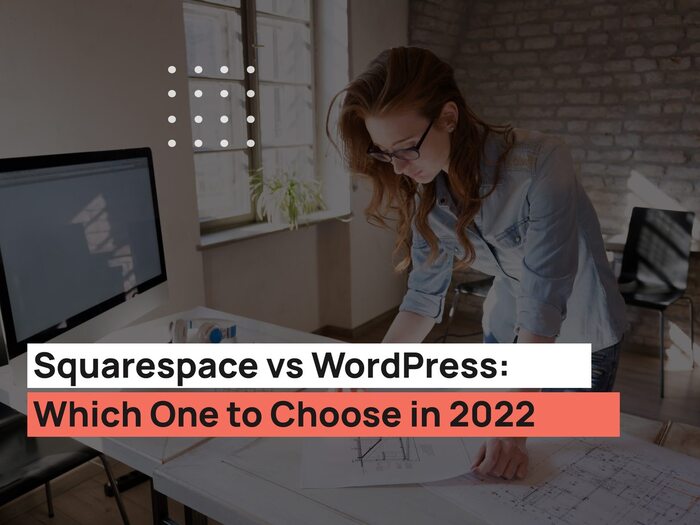When it comes to the WordPress website cost, opinions diverge. Some argue that opting for a custom-built site is a wise business investment, while others contend that using a pre-made theme can deliver similar results at a significantly lower expense. So, who is on the right track?
The answer boils down to your willingness to shoulder risk. When you opt for the more economical route, it’s akin to playing a game of chance. It might seem like a money-saving choice at first, until the support team for your chosen theme drops an email bombshell, stating that your requested modifications will incur costs in the thousands.
Now, if your theme developer doesn’t offer customization services, you’re left with two choices: either grin and bear a dysfunctional website or bring in a developer. Unfortunately, even if you decide to go the developer route, there’s no guarantee they can unravel the mysteries of someone else’s code in a timely manner.

Admittedly, not every business owner encounters these challenges. Some astutely pick the right WordPress theme, aiming to avert future complications. Nevertheless, the risk factor remains substantial.
In this article, we’re delving into two distinct processes: the cost-effective path of procuring a pre-made theme and the bespoke journey of crafting a custom design for your WordPress website, all while considering the critical element of WordPress website cost.
The Low-Cost Process
This is how most business owners think:
- I need to get a website up as fast as possible
- I need to spend the minimum amount of time
- I want to spend minimum effort
- I want to keep the budget extremely low
Everyone wants maximum results with minimal resources. But is it a realistic expectation? Just like you can’t expect to find a high performing laptop for $100, you can’t create a winning website for a penny.
Time, effort and budget constraints are prioritized while getting a working website isn’t on the agenda at all. But isn’t the whole point of getting a website is to make it work for your audience and your business?
Apparently, there are a lot of misconceptions about websites. They are seen as nothing more than a stepping stone to success. In the online world, however, a working website that drives traffic and converts, is your single point of contact with the consumer. It’s both the first thing and the last thing people see when they make a purchase.
Challenges That May Seem Minor, But Collective Impact on Your Business
| The theme doesn’t fit the company’s brand | There is not a single business owner who wouldn’t want to change something in the theme design. But when a couple of blocks are moved around, the perfect composition gets ruined. |
| The copy is redundant | When you deal with templates, a web copy is created based on the placeholder texts. The copywriter comes up with long sentences and superfluous words that don’t add anything to the brand. |
| The site gets hacked | If you didn’t care about the website from the start, you probably don’t care much about its maintenance either. The site might get hacked and you can lose all the valuable content. |
| You end up neglecting your business needs | Small business owners wear many hats, but they often don’t realize how much time it takes to install and customize the theme. You spend hours trying to tweak one line of code, while your clients are bombarding your inbox. |
The Correct Process
Here is the correct website design and development process, that allows you to get a site that engages and converts.
Step 1. Discovery
The website creation process starts with a goal in mind. Once you envision the goal you can lay down the steps to achieve it. The goal is your North Star that informs all decisions.
Knowing your target audience is another aspect of web design that can make or break the project. You have to put yourself into customers’ shoes to create a website that propels visitors to action.
Step 2. Wireframing
You want to take customers on a journey, and by the end of it, they must have an immense desire to buy your product. Not all websites need to convert, some carry an informational value. Your goal is to identify what your target audience expects from website design and find the right structure.
But even informational websites can be improved with some psychological tricks that ensure the visitors pay attention to the information.
Step 3. Copywriting
You might be surprised, but copywriters work best when they are given a blank page. A blank page allows for creativity, while a prefilled dummy text takes the focus away from creativity towards the “need to fill up blank spaces” mindset.
Some WordPress templates already contain text relating to your industry. And if you’re using that template, your copywriter will just take the text and rewrite it. And it won’t be the copywriter’s fault either. Because this is how our minds work – we are wired to seek the easiest solutions.
Blank pages are intimidating, but they force copywriters to see the bigger picture.
Step 4. Design
Wireframes and copy allow designers to focus on presentation. The best designers can do both wireframing and design, but often by the time they finish prototyping, they start worrying too much about functionality and less about visual appeal. It’s hard to keep the balance. That’s why it’s best to have a UX designer and a graphic designer on the team.
Step 5. Development
Here you need to involve the whole team in the website development for optimal results. You want the team members to specialize at the start but as the launch date approaches, everyone has to look at what they’ve created and adjust their work based on the intra-team feedback.

As you can see, each stage of the website creation process requires the involvement of an expert, be it a UX designer, a copywriter, a designer, a developer or a project manager.
The WordPress Website Cost
Depending on your needs the cost of a custom website can range from $3000 to $30 000 and more {INSERT AGENCY’S ESTIMATIONS}.
The cost is usually determined by making the list of features and then multiplying the hourly rate of each person involved (UX designer, copywriter, graphic designer, developer, and project manager) by the number of projected hours.
A WordPress website cost can’t be $100 because even with low hourly rates, the amount of time that goes into planning, copywriting, design and development is calculated in weeks. It takes on average 40 hours for planning and wireframing, 80 hours for copywriting, 80 hours for design and 120 hours for development.
WordPress templates are certainly cheap, but they employ the scale effect – the theme owner has to make at least 1000 sales before they can return the initial investment.
When you decide to work with a theme, you turn the correct design process upside down, ignoring your business needs and goals.
But let’s be objective here and list the problems that might occur with custom design:
- You have deliverables – when you hire a team, they will do their best to launch the site in the shortest time frame possible, so you’ll have to contribute and follow a project plan.
- The custom design takes more time and costs more money.
Despite those cons, the advantages of a custom design are obvious:
- There is less risk of a security breach
- You get a unique website unlike no other, that helps you stand out from the competition
- Your website is up to date with the latest technology and is performing at the optimal speed
- You have a website that works, converts and positively affects your bottom line.

Final Word
The lesson to be learned here can be summed up in three words – make strategic decisions. If you’re planning to get a one-page informational website, there is no need for a custom web design.
But also keep in mind that as the business grows, you will want to add features and make design tweaks. Some WordPress templates don’t allow for significant modifications, so you’ll have to recreate the site from scratch.
If you’re getting the majority of leads from online resources or if your business model is solely based on your website performance, consider a custom-built website. You might spend more money but you will also save yourself a lot of headache in the long run.



